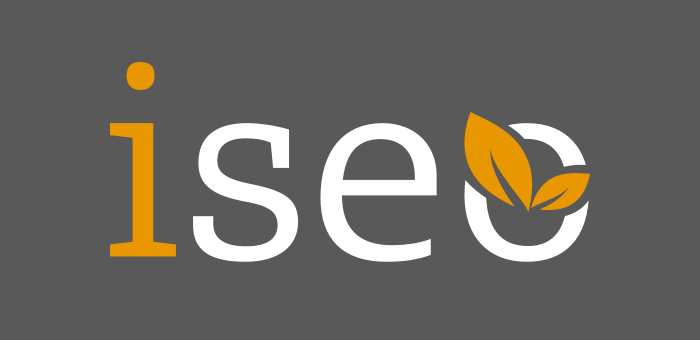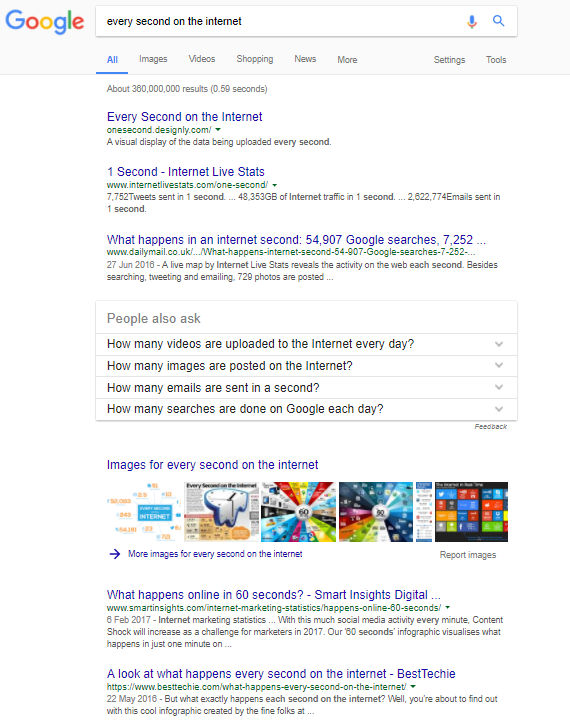What is SEO? and how it works...
SEO stands for Search Engine Optimisation which simply involves developing and fine tuning your website or webpage to help improve its rank, in the non-paid for Search Engine Result Pages – known as SERP in the industry.
If one of your webpages ranks first in the SERP for a certain term then you’ll get more users clicking through to your webpage than if you were ranking at five or fifty or fifty-five thousandth.
More clicks means more traffic to your website and potentially an increase in sales for businesses or donations for charities, for example.
The term ‘non-paid for SERP’ is also known as organic or natural search results.
What is a search engine?
To better understand SEO let’s take a very brief look at search engines.
There are many search engines and directories around the world. If you’re in the UK you’ll know Google, Bing or Yahoo! but if you’re in Russia you’ll be more familiar with Yandex, or in China, Baidu. Take a look at our 'A History of Search Engines' to learn all about them.
Search engines respond to user queries inputted in a simple web form by delivering results such as links to videos, twitter posts, news articles, academic research papers etc. That is, all search engines aim to satisfy the needs of users.
There are essentially five parts to every modern search engine: the bots, the index, the algorithm, the user-facing web form (or search box) and the SERP.
A search engine use bots, or spiders, to help it create and manage an index of content on the internet.
A search engine uses an algorithm to decide the ranking of the results from its index it will serve in the SERP to best satisfy a specific query known as a keyword entered in a web form by the user.
Therefore, when you input a query into a search engine you are searching only their index of the internet.
The quality of a search engine can be assessed by how well it matches the query intent of a user to the results it serves them.
The order or ranking of an individual website or webpage within these results is what you can attempt to influence by the process of Search Engine Optimisation (SEO).
We’ve come full circle.
Hold on, what is the difference between a search engine and a directory?
Search engines mainly use bots to create and manage their indexes of the web while directories primarily use humans. Google is a search engine, Yahoo! started as a directory.
And what is a bot?
A bot or web robot is simply a computer programme written specifically to carry out simple or repetitive tasks very quickly.
A search engine bot will use human-made links on the internet to crawl, assess and gather information from web pages to add to, or maintain, the index.
What is an algorithm?
In mathematics an algorithm is a list of steps required to solve a problem.
A search engine algorithm, such as Google’s, comprises of hundreds of these steps it will go through to determine the order of the results it will serve a user for a given search term or keyword.
These steps are known as ranking factors in SEO.
Sounds complicated. So, how do you do SEO?
It is and it’s not. The good news is that Google recommends you make your website for users, not search engines.
Indeed, in its ‘Steps to a Google-friendly site’ article aimed at webmasters Google recommends you ‘Give visitors the information they’re looking for’ by providing ‘high-quality content on your pages, especially your homepage. This is the single most important thing to do.’
And this from Bing’s webmaster guidelines, ‘Content is what Bing seeks. By providing clear, deep, easy to find content on your website, we are more likely to index and show your content in search results.’
And we agree with them. That’s why we believe that to really grow in the organic channel you’ll need to invest in onsite (and a little offsite) content.
Along with brilliant, targeted content, there are three main pillars to SEO which we use to categorise and communicate the steps we take to satisfy the most important ranking factors of Google and Bing.
Technical SEO
If you want search engine bots to efficiently find and crawl your website pages and correctly capture what they’re all about it’s vitally important to make your website as bot-friendly as possible.
Some examples of technical SEO issues:
- Crawl errors. Like you, bots are busy. Don’t waste their time with loads of 404 pages.
- Page download speed. A user will jump to another page in the SERP if a page takes more than two seconds to load. Aka: pogo-sticking.
- Indexing. Has something been indexed that shouldn’t have been? Are customers seeing a photo of your IT guy holding his Subway sandwich?
- Thin or duplicate content. Adding pages with little, or very similar, content on is something search engines despise.
- Mobile-friendly. Does your site download quickly and render well on a mobile?
Onpage SEO
Just a selection of what can be done on a web page to make it more accessible to bots and readable by users.
- URL structure. A clear, logical user-centric URL structure is a powerful signal to a search engine and a human being.
- Title tags. Do you have keyword targeted title tags for every page?
- Image alts. It makes sense for usability and SEO to add alt text for all your images on your site.
- Internal links structure. Can be another way to signal important pages to bots.
Offpage SEO (or offsite)
There are certain ranking factors that search engines will use to gauge the popularity of a website.
The number and quality of backlinks (or links from other websites) to a website or page is one of Google’s major ranking factors. In Google’s eyes links mean votes.
Social signals such as shares and likes for your content can also play a part.
We hope we’ve started to answer a few questions you might have about SEO and search engines.
Ready to learn more?
Please contact us to discuss how we can help you implement the most impactful and important SEO changes to your website.

